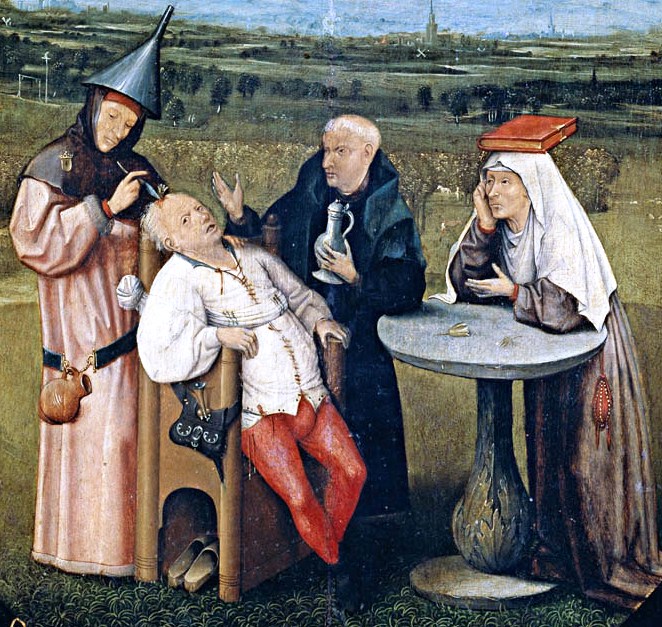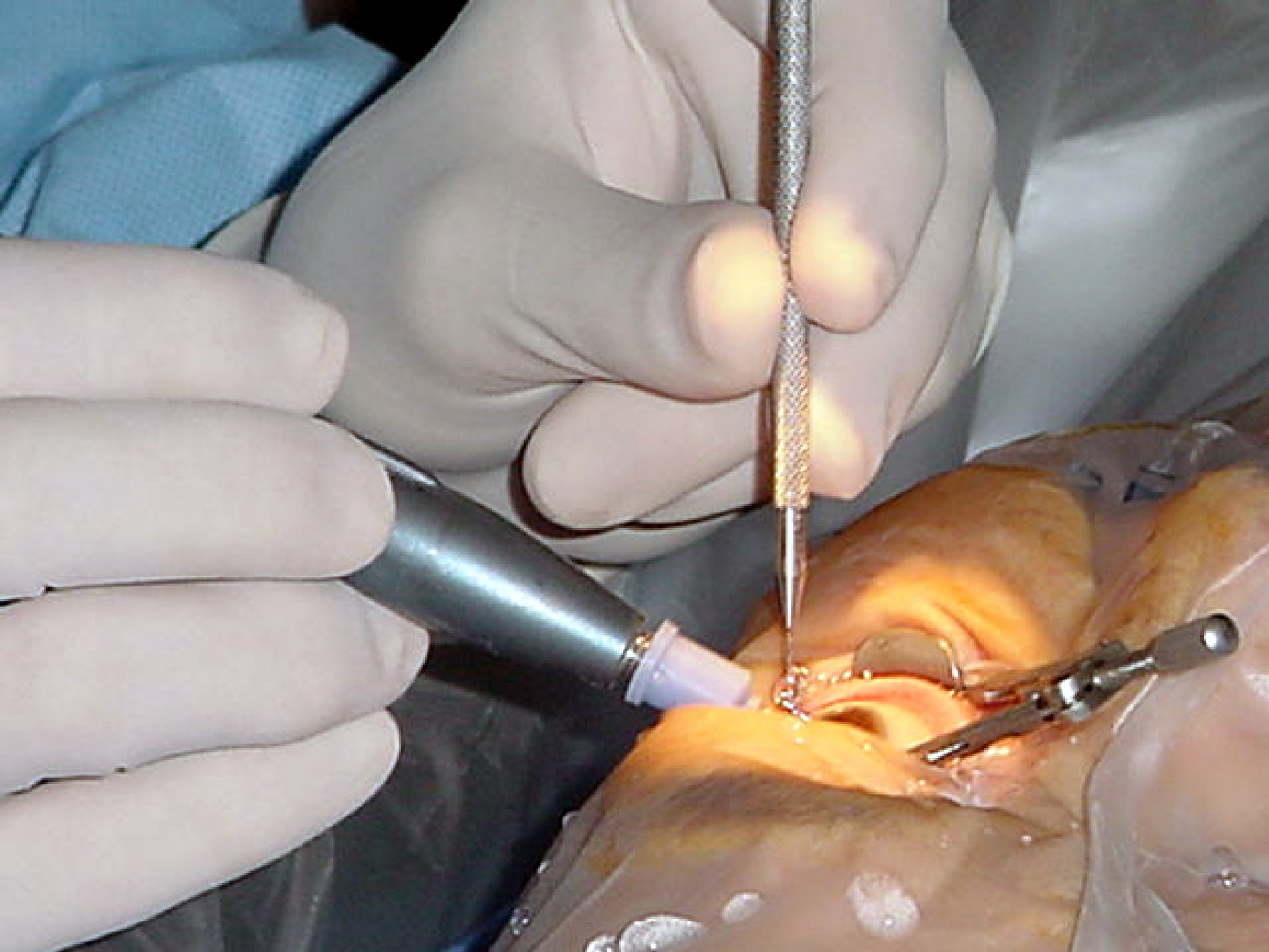|
Philipp Franz Von Walther
Philipp Franz von Walther (3 January 1782 – 29 December 1849) was a German surgeon and ophthalmologist. Biography He was born in Burrweiler. He studied medicine in Vienna under Georg Joseph Beer and Johann Peter Frank, obtaining his medical doctorate in 1803 from the University of Landshut. He subsequently served as a professor at the Universities of Bamberg, Landshut, Bonn (1818–1830), and Munich. at Among his better known students were |
Burrweiler
Burrweiler is a municipality in the Südliche Weinstraße district, in Rhineland-Palatinate, Germany. References Municipalities in Rhineland-Palatinate Südliche Weinstraße {{SüdlicheWeinstraße-geo-stub ... [...More Info...] [...Related Items...] OR: [Wikipedia] [Google] [Baidu] |
Allgemeine Deutsche Biographie
''Allgemeine Deutsche Biographie'' (ADB, german: Universal German Biography) is one of the most important and comprehensive biographical reference works in the German language. It was published by the Historical Commission of the Bavarian Academy of Sciences between 1875 and 1912 in 56 volumes, printed in Leipzig by Duncker & Humblot. The ADB contains biographies of about 26,500 people who died before 1900 and lived in the German language Sprachraum of their time, including people from the Netherlands before 1648. Its successor, the '' Neue Deutsche Biographie'', was started in 1953 and is planned to be finished in 2023. The index and full-text articles of ADB and NDB are freely available online via the website ''German Biography'' (''Deutsche Biographie''). Notes References * * External links * ''Allgemeine Deutsche Biographie'' - full-text articles at German Wikisource Wikisource is an online digital library of free-content textual sources on a wiki, operated b ... [...More Info...] [...Related Items...] OR: [Wikipedia] [Google] [Baidu] |
Amaurosis
Amaurosis (Greek meaning ''darkening'', ''dark'', or ''obscure'') is vision loss or weakness that occurs without an apparent lesion affecting the eye. It may result from either a medical condition or excess acceleration, as in flight. The term is the same as the Latin ''gutta serena'', which means, in Latin, ''drop clear'' (or ''drop bright''). ''Gutta serena'' is a condition of partial or complete blindness with a transparent, clear pupil. This term contrasts with ''suffusio nigra'' which means, in Latin, ''suffusion dark'', indicating partial or complete blindness with a dark pupil, e.g., a cataract. Milton, already totally blind for twelve years (some scholars think from retinal detachment; others have diagnosed glaucoma) by the time he published Paradise Lost, refers to these terms in Book 3, lines 25–26. Types Leber's congenital amaurosis is an inherited disease resulting in optic atrophy and secondary severe vision loss or blindness. It was first described by Theodore Le ... [...More Info...] [...Related Items...] OR: [Wikipedia] [Google] [Baidu] |
Trepanation
Trepanning, also known as trepanation, trephination, trephining or making a burr hole (the verb ''trepan'' derives from Old French from Medieval Latin from Greek , literally "borer, auger"), is a surgical intervention in which a hole is drilled or scraped into the human skull. The intentional perforation of the cranium exposes the ''dura mater'' to treat health problems related to intracranial diseases or release pressured blood buildup from an injury. It may also refer to any "burr" hole created through other body surfaces, including nail beds. A trephine is an instrument used for cutting out a round piece of skull bone to relieve pressure beneath a surface. In ancient times, holes were drilled into a person who was behaving in what was considered an abnormal way to let out what people believed were evil spirits. Evidence of trepanation has been found in prehistoric human remains from Neolithic times onward. The bone that was trepanned was kept by the prehistoric people and m ... [...More Info...] [...Related Items...] OR: [Wikipedia] [Google] [Baidu] |
Galvanism
Galvanism is a term invented by the late 18th-century physicist and chemist Alessandro Volta to refer to the generation of electric current by chemical action. The term also came to refer to the discoveries of its namesake, Luigi Galvani, specifically the generation of electric current within biological organisms and the contraction/convulsion of biological muscle tissue upon contact with electric current. While Volta theorized and later demonstrated the phenomenon of his "Galvanism" to be replicable with otherwise inert materials, Galvani thought his discovery to be a confirmation of the existence of "animal electricity," a vital force which gave life to organic matter. History According to popular legend, Luigi Galvani discovered the effects of electricity on muscle tissue when investigating an unrelated phenomenon which required skinned frogs in the 1780s and 1790s. His assistant is claimed to have accidentally touched a scalpel to the sciatic nerve of the frog and this result ... [...More Info...] [...Related Items...] OR: [Wikipedia] [Google] [Baidu] |
Karl Ferdinand Von Gräfe
Karl Ferdinand von Gräfe, (8 March 1787 – 4 July 1840, was a German surgeon from Warsaw. He was the father of ophthalmologist Albrecht von Graefe (1828–1870) and grandfather of politician Albrecht von Graefe (1868-1933). Biography Gräfe studied medicine at Halle and Leipzig, and after obtaining his licence from Leipzig, he was in 1807 appointed a private physician to Duke Alexius of Anhalt-Bernburg. In 1811, he became a professor of surgery and director of the ophthalmological institute at the University of Berlin. His lectures at the University of Berlin attracted students from all parts of Europe. During the Sixth Coalition against Napoleon, he was a superintendent of military hospitals. When peace was concluded in 1815, Gräfe resumed his professorial duties. He was also appointed physician to the general staff of the Prussian army, and he became a director of the Friedrich Wilhelm Institute and of the Medico-Chirurgical Academy (Charité). Gräfe died suddenly ... [...More Info...] [...Related Items...] OR: [Wikipedia] [Google] [Baidu] |
Corneal Opacification
The human cornea is a transparent membrane which allows light to pass through it. The word corneal opacification literally means loss of normal transparency of cornea. The term corneal opacity is used particularly for the loss of transparency of cornea due to scarring. Transparency of the cornea is dependent on the uniform diameter and the regular spacing and arrangement of the collagen fibrils within the stroma. Alterations in the spacing of collagen fibrils in a variety of conditions including corneal edema, scars, and macular corneal dystrophy is clinically manifested as corneal opacity. The term corneal blindness is commonly used to describe blindness due to corneal opacity. Types Depending on the density, corneal opacity is graded as nebular, macular and leucomatous. Nebular corneal opacity Nebular corneal opacity is a faint opacity which results due to superficial scars involving Bowman's layer and superficial stroma. A nebular corneal opacity allows the details of the ir ... [...More Info...] [...Related Items...] OR: [Wikipedia] [Google] [Baidu] |
Ectropion
Ectropion is a medical condition in which the lower eyelid turns outwards. It is one of the notable aspects of newborns exhibiting congenital Harlequin-type ichthyosis, but ectropion can occur due to any weakening of tissue of the lower eyelid. The condition can be repaired surgically. Ectropion is also found in dogs as a genetic disorder in certain breeds. Causes *Congenital *Aging *Scarring *Mechanical *Allergic * Facial nerve palsy *Anti-cancer treatments such as erlotinib, cetuximab, and panitumumab, which block the function of EGFR (the epidermal growth factor receptor). Diagnosis Ectropion can usually be diagnosed with a routine eye exam and physical. The eyelid's muscle tone and tightness can be assessed by pulling gently on the eyelid. Ectropion in dogs Ectropion in dogs usually involves the lower eyelid. Often the condition has no symptoms, but tearing and conjunctivitis may be seen. Breeds associated with ectropion include the Cocker Spaniel, the Saint Bernard, the ... [...More Info...] [...Related Items...] OR: [Wikipedia] [Google] [Baidu] |
Eyelid
An eyelid is a thin fold of skin that covers and protects an eye. The levator palpebrae superioris muscle retracts the eyelid, exposing the cornea to the outside, giving vision. This can be either voluntarily or involuntarily. The human eyelid features a row of eyelashes along the eyelid margin, which serve to heighten the protection of the eye from dust and foreign debris, as well as from perspiration. "Palpebral" (and "blepharal") means relating to the eyelids. Its key function is to regularly spread the tears and other secretions on the eye surface to keep it moist, since the cornea must be continuously moist. They keep the eyes from drying out when asleep. Moreover, the blink reflex protects the eye from foreign bodies. The appearance of the human upper eyelid often varies between different populations. The prevalence of an epicanthic fold covering the inner corner of the eye account for the majority of East Asian and Southeast Asian populations, and is also found i ... [...More Info...] [...Related Items...] OR: [Wikipedia] [Google] [Baidu] |
Tarsorrhaphy
Tarsorrhaphy is a surgical procedure in which the eyelids are partially sewn together to narrow the eyelid opening. It may be done to protect the cornea in cases of corneal exposure, as a treatment for Graves' ophthalmopathy, Möbius syndrome or after corneal graft surgery. The procedure is performed on the corner of the eyelid opening. See also * Eye surgery * Keratoconjunctivitis sicca Dry eye syndrome (DES), also known as keratoconjunctivitis sicca (KCS), is the condition of having dry eyes. Other associated symptoms include irritation, redness, discharge, and easily fatigued eyes. Blurred vision may also occur. Symptoms range ... References External links Surgery Encyclopedia: Tarsorrhaphy Oculoplastic surgery {{treatment-stub ... [...More Info...] [...Related Items...] OR: [Wikipedia] [Google] [Baidu] |
Eye Surgery
Eye surgery, also known as ophthalmic or ocular surgery, is surgery performed on the eye or its adnexa, by an ophthalmologist or sometimes, an optometrist. Eye surgery is synonymous with ophthalmology. The eye is a very fragile organ, and requires extreme care before, during, and after a surgical procedure to minimize or prevent further damage. An expert eye surgeon is responsible for selecting the appropriate surgical procedure for the patient, and for taking the necessary safety precautions. Mentions of eye surgery can be found in several ancient texts dating back as early as 1800 BC, with cataract treatment starting in the fifth century BC. Today it continues to be a widely practiced type of surgery, with various techniques having been developed for treating eye problems. Preparation and precautions Since the eye is heavily supplied by nerves, anesthesia is essential. Local anesthesia is most commonly used. Topical anesthesia using lidocaine topical gel is often used fo ... [...More Info...] [...Related Items...] OR: [Wikipedia] [Google] [Baidu] |
Ophthalmology
Ophthalmology ( ) is a surgical subspecialty within medicine that deals with the diagnosis and treatment of eye disorders. An ophthalmologist is a physician who undergoes subspecialty training in medical and surgical eye care. Following a medical degree, a doctor specialising in ophthalmology must pursue additional postgraduate residency training specific to that field. This may include a one-year integrated internship that involves more general medical training in other fields such as internal medicine or general surgery. Following residency, additional specialty training (or fellowship) may be sought in a particular aspect of eye pathology. Ophthalmologists prescribe medications to treat eye diseases, implement laser therapy, and perform surgery when needed. Ophthalmologists provide both primary and specialty eye care - medical and surgical. Most ophthalmologists participate in academic research on eye diseases at some point in their training and many include research as part ... [...More Info...] [...Related Items...] OR: [Wikipedia] [Google] [Baidu] |







